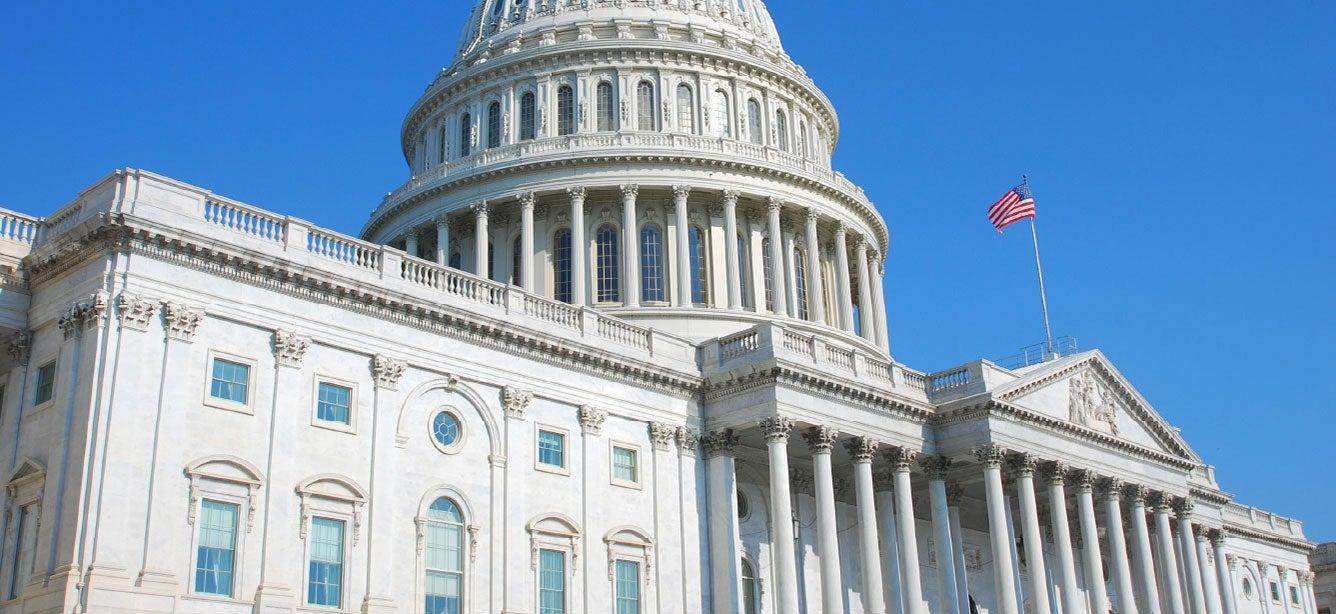
Related Topics
Signed into law on August 16, 2022 by President Joe Biden, The Inflation Reduction Act (IRA) helps millions of older adults by reducing prescription drug costs, extending Affordable Care Act insurance subsidies into 2025, caps out-of-pocket Medicare costs to $2,000, and lowers ACA health care premiums for millions of Americans.
“These measures will help (older adults) stretch their precious Social Security dollars a little bit further and enable them to afford the medications they need, especially in this time of rising inflation," said NCOA's President and CEO Ramsey Alwin.
A record-breaking 14.5 million people enrolled in ACA plans in 2022 as a result of (ACA) subsidies. Their continuation for three more years will help millions take care of their health before they ever qualify for Medicare," Alwin continued.
The landmark bill—a scaled-back version of the Build Back Better reconciliation legislation passed by the House in November 2021—is largely the result of negotiations between Senate Majority Leader Chuck Schumer, D-N.Y., and Sens. Joe Manchin, D-W.Va., and Kristen Sinema, D-Ariz.
The Inflation Reduction Act addresses:
- Reducing Medicare prescription drug costs
- Extending expiring Affordable Care Act (ACA) premium subsidies
NCOA led the advocacy efforts to include improvements in low-income assistance for Medicare beneficiaries. The Part D Low-Income Subsidy (LIS, or Extra Help) will, starting in 2024, further reduce out-of-pocket costs for beneficiaries with incomes between 135-150% of poverty by eliminating “partial” subsidies and replacing them with “full” subsidies.
The LIS partial subsidy program has sliding scale monthly premiums based on income, a $104 deductible, and a potentially expensive 15% coinsurance rate. Under the Inflation Reduction Act, in 2024 these beneficiaries will receive full subsidies, pay no premium as long as they are enrolled in a benchmark plan, have no deductible, and will have fixed, lower copayments (up to $4.15 for generic and $10.35 for brand-name drugs in 2023).
What other Medicare prescription drug provisions are in the bill?
In 2023:
- New limits on drug price increases: Manufacturers of certain Part D drugs will be required to reimburse, or “rebate,” Medicare if the price of their drug increases faster than the rate of urban consumer price index inflation (CPI-U). Financial penalties would be levied for non-compliance.
- Caps on insulin costs: Monthly out-of-pocket cost sharing for insulin will be capped at $35.
- Zero vaccine cost-sharing: All vaccines will be free for Medicare beneficiaries, the only population for which vaccines are not already free.
In 2024:
- Zero coinsurance for catastrophic costs: The current 5% coinsurance for catastrophic costs will be be eliminated. The out-of-pocket threshold, after which 5% coinsurance begins, is now $7,400.
- From 2024-2029, limits on Part D premium increases: Annual premium growth would be capped at no more than 6%, to ensure insurers and manufacturers will not pass their new financial responsibilities on to beneficiaries.
In 2025:
- Reduced catastrophic cap: Annual prescription drug out-of-pocket cost sharing will be no higher than $2,000. Beneficiaries will also have the option to break that amount into more affordable monthly payments. NCOA strongly supported this provision.
- Shifting financial responsibility for prescription drug costs: The bill creates stronger incentives to limit drug prices by shifting more responsibility for higher prices onto insurance companies and drug manufacturers.
In 2026:
- Allow Medicare to negotiate drug prices: Starting with 10 Part D drugs, the Secretary of Health and Human Services would have new authority to negotiate prices. The drugs eligible for negotiation would be taken from a list of the 50 most expensive brand-name drugs that lack competition, and would remain on the list until competition enters the market. Only older drugs would be subject to negotiation, after a period of nine years for most “small molecule” drugs and 13 years for more complex “biologic” drugs after FDA approval. There would also be an exception for drugs with less than $200 million in annual sales.
In 2027:
- Price negotiation for 15 Part D drugs
In 2028:
- Price negotiation for 15 Part B and Part D drugs
In 2029:
- Price negotiation for 20 Part B and D drugs
IRA also extends ACA Marketplace premium subsidies, which were due to expire at the end of 2022, for an additional three years (into 2025). This means an estimated 10 million people will save an average of about $700 per year.



